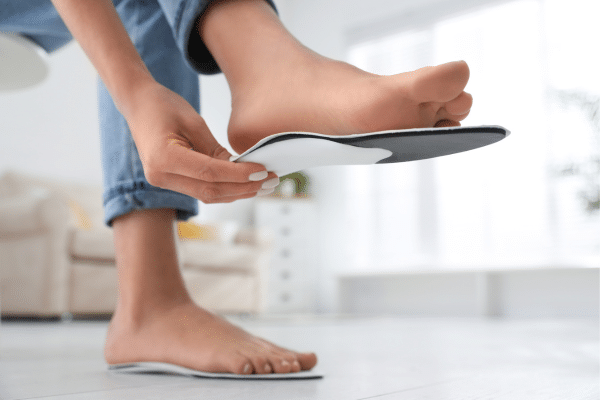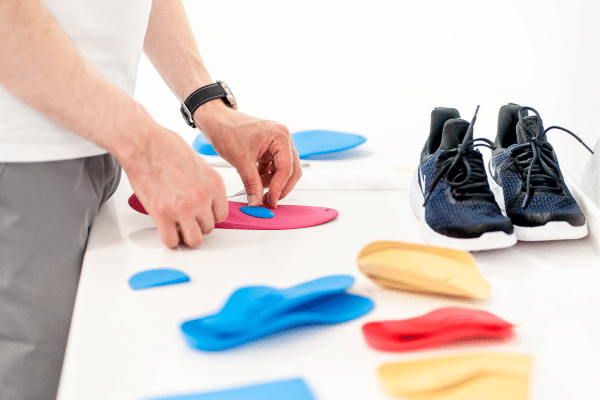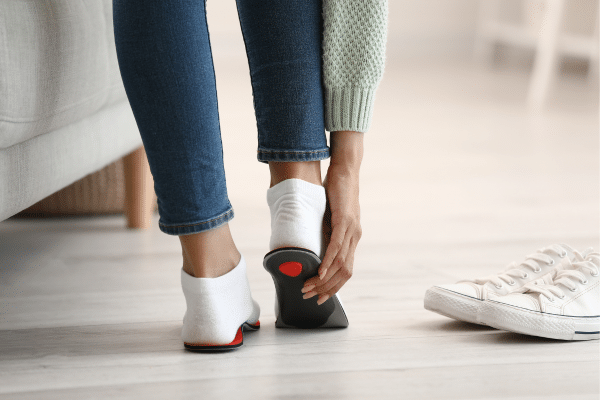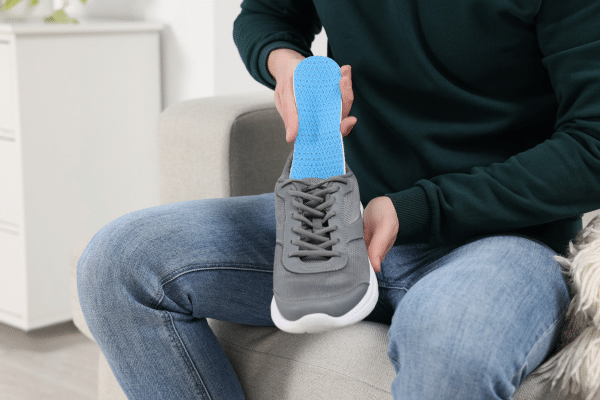Selecting the right shoe insoles is crucial for both comfort and foot health. With a plethora of options available in the market, understanding what to look for is essential. This guide dives into various factors to consider when choosing insoles, such as material, size, and specific foot needs. It’s tailored to help individuals make informed decisions, ensuring they find insoles that not only fit well but also cater to their unique foot structure and lifestyle requirements.
Contents
Understanding Foot Anatomy And Insole Function

The anatomy of the foot plays a pivotal role in insole selection. Each foot is unique, with variations in arch type and size influencing the choice of insoles. Recognizing whether one has flat feet, high arches, or neutral arches is the first step in identifying the right insole. This knowledge assists in narrowing down options to those that provide the appropriate level of support and comfort tailored to individual foot structures.
Insoles serve several key functions that are vital for foot health and comfort. They offer support, especially in the arch area, aiding in the proper alignment of the feet and lower legs. Cushioning is another crucial aspect, as it absorbs impact and reduces stress on joints. Additionally, insoles help in distributing pressure evenly across the foot, minimizing areas of excessive stress that can lead to pain or discomfort. Understanding these functions is essential for anyone looking to find insoles that meet their specific needs.
Identifying Your Foot Type And Needs

Determining one’s foot type is a critical step in finding the right insoles. This involves observing the foot’s arch height and understanding its implications. For instance, people with flat feet might require insoles that offer enhanced arch support to prevent overpronation. Conversely, those with high arches might need more cushioning to compensate for their lack of natural shock absorption. Accurate identification of foot type ensures that the selected insoles provide the right balance of support and flexibility.
Beyond foot type, it’s important to consider individual needs based on daily activities and any existing foot discomfort. Those who spend long hours standing might prioritize cushioning, while athletes might look for insoles that offer better shock absorption. Similarly, individuals experiencing specific foot pain patterns, such as heel pain or ball-of-foot discomfort, should look for insoles that target these areas. Tailoring the choice of insoles to these factors ensures enhanced comfort and effectiveness.
Materials And Types of Insoles

The materials used in insoles play a significant role in their function and comfort. Foam insoles are known for their cushioning and are ideal for general comfort and pressure relief. Gel insoles provide excellent shock absorption, making them suitable for high-impact activities. Cork insoles offer firm support and are durable, while leather insoles are breathable and conform to the foot over time. Each material offers unique benefits, and the choice depends on individual preferences and needs.
When considering the type of insole, the distinction between custom orthotics and over-the-counter options is important. Custom orthotics are tailored to individual foot shapes and specific medical requirements, offering precise support and alignment. Over-the-counter insoles, on the other hand, provide general support and are more accessible. They are a good starting point for those seeking immediate relief and can be effective for many users. However, for chronic foot issues or specific medical conditions, consulting a professional for custom orthotics is advisable.
Insoles For Specific Conditions

Insoles designed for specific conditions cater to unique foot care needs. For instance, insoles for plantar fasciitis often have extra cushioning in the heel area and arch support to alleviate pain. Those designed for overpronation may have reinforced arch support to correct foot alignment. Diabetic insoles focus on non-binding comfort and pressure relief to prevent sores and ulcers. Understanding one’s specific condition and selecting insoles accordingly can make a significant difference in comfort and foot health.
Seeking professional guidance for condition-specific insoles can be beneficial. A podiatrist or foot care specialist can recommend insoles that best suit individual conditions, offering tailored support and relief. For example, athletes suffering from shin splints or knee pain might require different insole features than those with arthritis. Professional advice ensures that the insoles not only fit comfortably but also effectively address the specific foot issues.
Insoles And Athletic Performance

The right insoles can significantly enhance athletic performance by providing better support, reducing fatigue, and preventing injuries. Different sports activities demand different insole features; for example, running insoles typically focus on shock absorption and forward movement support, while insoles for hiking may prioritize stability and cushioning. Athletes should choose insoles that align with their sport’s specific demands to improve performance and reduce the risk of injuries.
The differences in insoles for various sports are not just about cushioning or support but also about the design and material suited for the activity’s specific motions and impacts. Insoles for basketball, which involves a lot of jumping and quick directional changes, may have a different design than those for cycling, where the foot remains in a more constant position. This customization ensures that the insole enhances, rather than impedes, athletic performance and comfort during the activity.
Durability And Maintenance

The lifespan of insoles varies depending on the material and usage. High-quality insoles can last several months, even with daily use, but they do wear out and need to be replaced periodically. Signs of wear such as thinning, tearing, or loss of shape indicate it’s time for a new pair. Regular inspection of insoles for signs of wear is crucial to maintaining foot health and comfort.
Maintaining and cleaning insoles is essential for hygiene and prolonging their life. Most insoles can be gently cleaned with mild soap and water, but it’s important to check the manufacturer’s instructions. Allowing insoles to air out and dry completely after use helps prevent odor and bacterial growth. Some insoles are designed with antimicrobial properties, further reducing the risk of foot odor and infections.
Cost And Value Assessment

The cost of insoles varies widely, influenced by factors like material, brand, and whether they are custom-made or over-the-counter. While it may be tempting to opt for cheaper options, it’s important to consider the value they offer in terms of comfort, foot health, and durability. Investing in a higher-quality insole can be more cost-effective in the long run, especially for those with specific foot conditions or active lifestyles.
Balancing cost with quality involves assessing individual needs and how the insoles will be used. For temporary relief or occasional use, an over-the-counter insole might be sufficient and more budget-friendly. However, for chronic foot issues or intensive use, such as in sports, investing in higher-quality or custom insoles can be more beneficial. This assessment helps ensure that the investment in insoles is both cost-effective and beneficial for foot health.
The Bottom Line
Choosing the right shoe insoles involves a careful consideration of individual foot type, specific needs, and lifestyle. Factors such as material, type, and specific foot conditions play a crucial role in determining the best insole. It’s essential to balance cost, comfort, and health benefits, and not to hesitate in seeking professional advice for tailored recommendations. Ultimately, the right insoles can significantly improve foot comfort, enhance athletic performance, and contribute to overall foot health, making the investment in finding the perfect pair well worth the effort.


